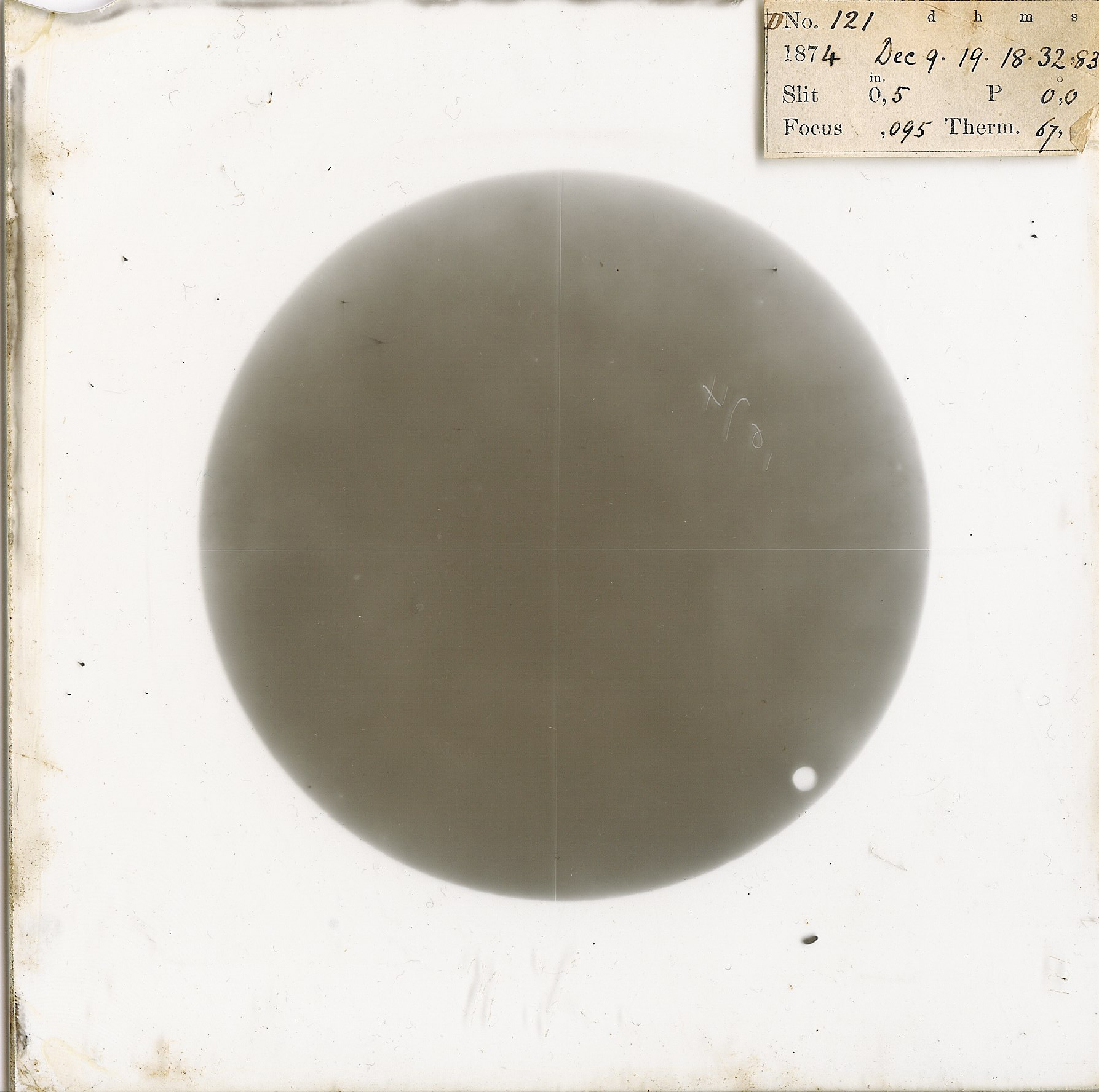You may not have heard of it but you know of it if you ever wondered how astronomers were able to calculate how far away the Sun is from Earth - the basis of the Astronomical Unit (AU) that is eponymous today.
If you are literate enough to read this article, you know that there are two planets between us and the sun; Mercury and Venus. So you can easily deduce that only two planets can 'transit' - cross the Sun - from our viewing angle on Earth. When Venus crosses the Sun next week, it will be doing something that will not happen again in our lifetimes but how it will transit won't occur for 235 years. Take that, Halley's Comet.
Why does it matter? In the 17th century, Johannes Kepler determined the ratios of the distances of the planets from the sun, but no one knew the actual distance of our planet from the sun. Venus was the answer. As we know now, Venus will be some 38 million kilometers from Earth during its transit. More importantly, Venus in silhouette during that time is a pretty accurate protractor.
The history of the quest to determine the astronomical unit is intertwined with the Venus transits and the stories of the scientist-adventurers who made that possible is worthy of a whole book. Fortunately, Nick Lomb has done just that in a full-color one called Transit of Venus: 1631 to the Present, out now, just in time to maximize your enjoyment of the event. Make the most of it, you will not live to see another one.

The transits of Venus in 1761 and '69 were the first example of international cooperation among scientists - one French astronomer spent 11 years away from home to catch these transits. The English explorer James Cook went to Tahiti to catch the last transit of that century and discovered New Zealand along the way (much to the surprise of the Maori tribesmen living there, who did not know they were undiscovered until Britain claimed them). But the race had been on before then, specifically in 1639 when an Englishman outside Liverpool used a newish invention, the telescope, to project an image of the Sun on a piece of paper.
We still do today what Jeremiah Horrocks did then. During the 'ring of fire' solar eclipse earlier this month I did it also, but with two pieces of paper held an arms width apart, the one nearest the sun with a pinhole in it. Thousands of people did that exact same thing in 2012 also but in 1639, only two astronomers near each other saw the transit of Venus. And that was not enough to make a calculation.

Hard to see, but that is the 'ring of fire' solar eclipse on the paper. Credit: Hank Campbell
Kepler, he of the third law relating the distance of the planets to their orbits - "The square of the orbital period of a planet is directly proportional to the cube of the semi-major axis of its orbit" - had been trying to get scientists to observe the Venus transit of 1631 but he died in 1630 and the transit occurred during the evening in Europe. No one had traveled.
It wasn't until the next century, spurred on by Edmund Halley, who found that Venus transits could be used to measure the distance between the Earth and Venus and thus the Sun, that scientists were motivated to spread throughout the globe for the next one. As you know, one other planet - Mercury - also has transits but by then it had been established that Mercury was too close to the Sun. Its time differences between transit durations even from different locations on Earth wouldn't be accurate enough from Earth to create what would become an astronomical unit.
Halley's plea worked. Though the Astronomer Royal was long dead by then, 176 astronomers observed the transit of 1761 from 117 locations.
That's not the only story in the book. Everything you could want to know, about how astronomy was used for naval travel to the impacts of that work today is included. For the upcoming transit, Lomb includes everything you would want to know from just about every spot on Earth.

Melbourne's heliograph is the only surviving image from the 1874 transit. Credit: STFC.
Why do I mention the 1882 version in the title? It was visible throughout the US and from beginning to end, unlike this one, which will only be seen for a few hours. And I like that astronomers at Port Darwin in Australia were able to use a new cutting-edge tool, the telegraph, to write to another observer in Singapore - named Leonard Darwin, who was the son of Sir Charles.
Really, the book is full of fun stories like that.
Get out there and take a peek, indirectly. Capture some old-timey pictures for your descendants of 2117 so they can chuckle at the primitive quality of your 8 MB digital SLR camera. Just don't look through the lens yourself. Like with humans of 350 years ago, you'll go blind pretty quickly.





Comments